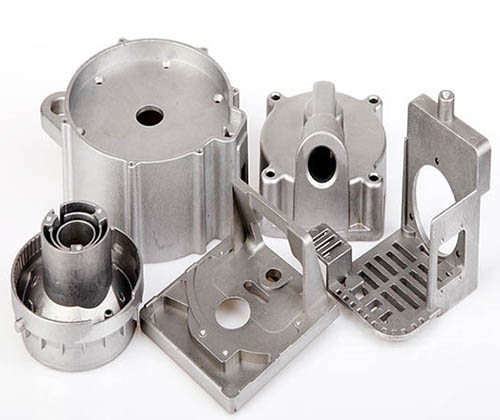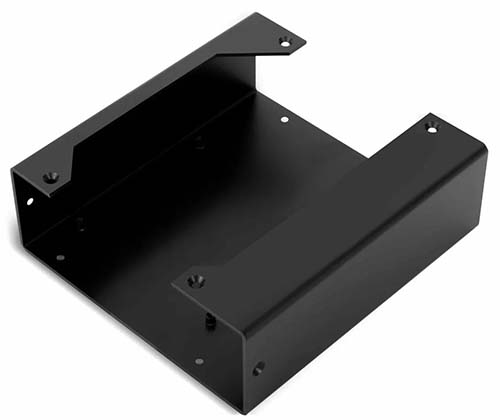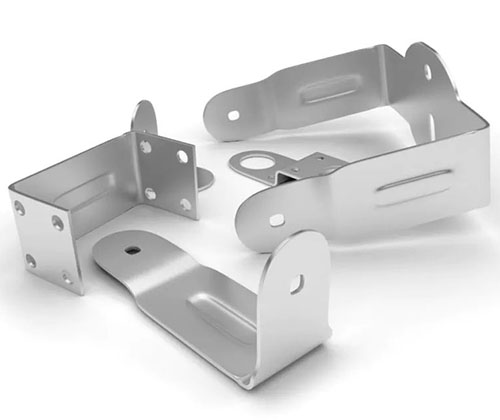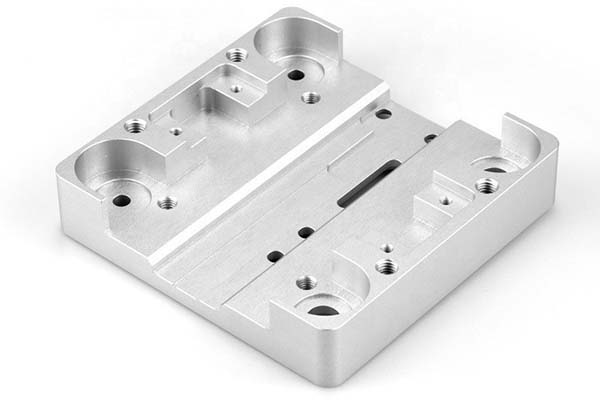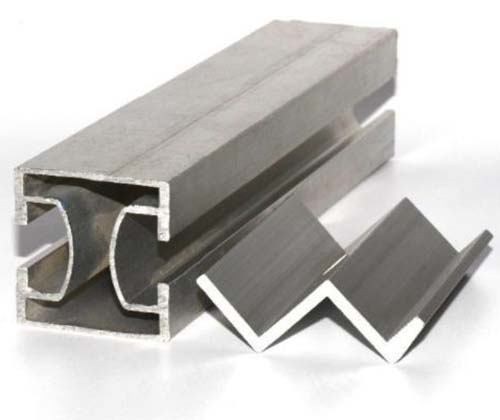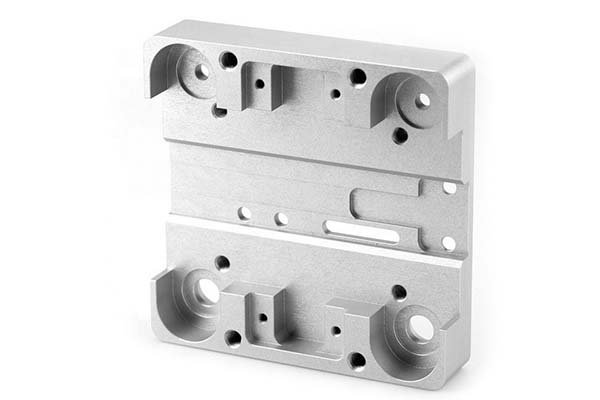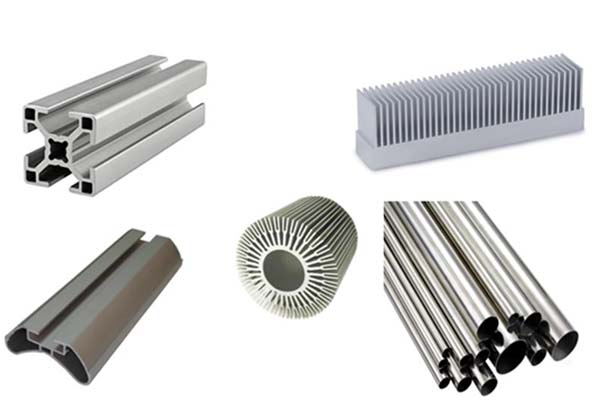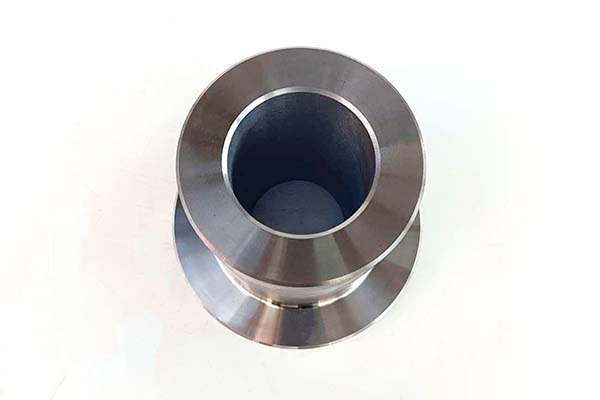You’ve selected AZ91D magnesium alloy for its reputation as the most versatile magnesium die casting material, expecting parts that balance strength, light weight, and cost for high-volume applications. But your production is facing hurdles: the molten metal oxidizes rapidly, leaving automotive parts with porous surfaces and weak spots. Some castings corrode quickly in humidity tests, while others have inconsistent tensile strength—failing under loads that should be manageable. Maybe the die wears faster than expected, or the cycle time is longer than projected, cutting into efficiency. Worse, your “high-fluidity” parts lack sharp details, making them unsuitable for visible automotive interiors—undermining AZ91D’s promise of combining performance and aesthetics.
AZ91D is the most widely used magnesium alloy in die casting, prized for its balanced material properties and cost-effectiveness. Its unique alloying elements (9% aluminum, 1% zinc) deliver exceptional casting fluidity, strength, and moderate corrosion resistance, making it ideal for everything from transmission housings to consumer electronics. But unlocking its potential requires mastering the die casting process, from inert gas protection to post-treatment. In this guide, we’ll explore die casting AZ91D, helping you leverage its unique strengths to create high-quality, cost-effective parts for mass production.
Material Properties: What Makes AZ91D the Industry Standard
AZ91D’s dominance stems from its well-rounded material properties—a synergy of strength, castability, and affordability that meets the needs of high-volume manufacturing:
- Mechanical performance: AZ91D offers reliable mechanical properties for general-purpose applications. It delivers a tensile strength of 230-260 MPa, yield strength of 150-170 MPa, and elongation of 3-5%—sufficient for structural parts like engine components and brackets. Its hardness (65-75 HB) strikes a balance between wear resistance and machinability, allowing post-casting drilling or threading without excessive tool wear. The aluminum content enhances strength, while zinc improves corrosion resistance and refines the grain structure—a combination that makes AZ91D suitable for both load-bearing and decorative parts.
- Casting fluidity and structure: AZ91D’s eutectic composition (aluminum and magnesium) gives it exceptional casting fluidity—superior to other magnesium alloys and even some aluminum alloys. It flows easily into thin walls (as thin as 0.5 mm) and intricate cavities, capturing fine details like logos or threads in consumer products. When properly cast, it forms a fine grain structure (refined by rapid cooling in the die), minimizing porosity and ensuring consistent strength. Its density of 1.81 g/cm³ keeps parts 30% lighter than aluminum equivalents, while its specific gravity (1.81) provides a solid feel in hand tools and appliances.
- Corrosion resistance and conductivity: AZ91D’s aluminum content forms a protective oxide layer, giving it better corrosion resistance than pure magnesium—though it still requires coatings for harsh environments. It withstands 24-48 hours in salt spray tests (uncoated), which is sufficient for indoor or protected applications. Its thermal conductivity (72 W/m·K) is lower than aluminum but adequate for heat-dissipating parts like electrical housings, while its electrical conductivity (22% IACS) works for low-current electrical connectors. This combination of properties makes it versatile enough for both structural and functional parts.
Die Casting Process: Optimizing for AZ91D
AZ91D’s properties demand specific die casting process controls to maximize its potential, from inert gas protection to cooling rates:
- Protective measures and parameters: AZ91D’s reactivity with air requires inert gas shielding—typically a mixture of 99.9% argon and 0.2% sulfur hexafluoride (SF₆)—to prevent oxidation and porous castings. It uses hot-chamber die casting (faster than cold-chamber) with injection speed of 3-5 m/s and injection pressure of 30-60 MPa—lower than aluminum, reducing die wear. The die (H13 tool steel with nitride coatings) is preheated to 160-200°C to prevent cold shuts, with die lubrication (water-based with boron nitride) applied sparingly to avoid contamination, which can weaken parts and accelerate corrosion.
- Die design and cooling: AZ91D’s excellent casting fluidity allows flexible die design, but attention to detail is key. Draft angles of 0.5-1° (smaller than aluminum) suffice due to low sticking tendency, preserving part detail. Venting (0.1-0.15 mm gaps) in deep cavities prevents gas entrapment, which causes porosity—critical for pressure-containing parts like fuel system components. The gating system uses wide runners to minimize pressure drop—AZ91D flows best when injected quickly, with gates sized to fill the die in 0.3-0.6 seconds. Cooling rate is critical: faster cooling (30-50°C/s) refines grain structure for strength, while slower cooling in thick sections reduces internal stress and cracking.
- Post-casting steps: AZ91D requires post-casting treatment to enhance corrosion resistance and surface finish. Chromate conversion coating (yellow or clear) forms a protective layer, extending salt spray resistance to 100-200 hours—sufficient for indoor or mild outdoor use. For harsher environments, powder coating or electroless nickel plating adds durability. Shot blasting (80-100 grit) removes surface oxides, improving coating adhesion, while vibratory finishing can smooth rough spots (Ra 3-5 μm to Ra 1-2 μm) for visible parts. Quality control includes X-ray inspection for porosity and hardness testing, ensuring consistent performance across production runs.
Applications: Where AZ91D Excels
AZ91D’s versatility makes it the go-to alloy for cost-sensitive, high-volume applications requiring light weight and moderate strength:
- Automotive components: AZ91D is widely used in automotive parts like valve covers, oil pans, and transmission housings. Its light weight (30% lighter than aluminum) improves fuel efficiency—replacing an aluminum oil pan with AZ91D reduces vehicle weight by 1.5-2 kg. Engine components near the cylinder head (where temperatures are moderate) benefit from its strength, while automotive interiors (dashboard frames, door handles) leverage its ability to capture fine details with minimal finishing.
- Consumer products and electronics: Consumer products like power tool housings, camera bodies, and laptop frames use AZ91D for its light weight and sleek finish—reducing device weight by 20-30% vs. aluminum. Electrical housings for routers and battery packs benefit from its EMI shielding properties, protecting components from interference. Lighting fixtures and decorative items leverage its smooth as-cast surface, which accepts painting or plating well for custom aesthetics.
- Industrial and hardware parts: Industrial equipment like small pump housings and gearbox covers uses AZ91D for its combination of light weight and strength, reducing operator fatigue in portable tools. Hardware components (brackets, fasteners) benefit from its cost-effectiveness in high-volume production, while prototyping uses AZ91D to test designs before scaling up—its properties are consistent enough to predict performance in mass production.
Performance and Benefits: Why AZ91D Dominates High-Volume Production
AZ91D offers performance and benefits that make it irreplaceable in mass-produced, weight-sensitive parts:
- Cost efficiency: AZ91D’s combination of fast cycle time (20-40 seconds per part) and long die life (500,000+ cycles) lowers per-unit costs. Its excellent casting fluidity reduces scrap rates (typically 5-8% vs. 8-12% for other magnesium alloys), while its machinability cuts post-processing time. While raw material costs are higher than aluminum, the weight savings often offset the difference in fuel-sensitive applications like electric vehicles.
- Design flexibility: AZ91D’s ability to fill complex geometries (thin walls, internal channels, fine details) eliminates the need for assembly, reducing part counts and costs. Its low density allows larger parts (like dashboard frames) to remain lightweight, improving handling and safety. The alloy’s compatibility with plating, painting, and powder coating allows customization for both function (corrosion resistance) and aesthetics (custom colors), adapting to diverse market needs.
- Sustainability and recyclability: AZ91D is 100% recyclable, with reclaimed material retaining 95% of its properties—reducing material costs and environmental impact. Its light weight also cuts transportation emissions—critical for companies targeting carbon neutrality. Compared to aluminum, producing AZ91D requires 40% less energy, aligning with green manufacturing goals.
Yigu Technology’s Perspective: Mastering AZ91D Die Casting
At Yigu Technology, AZ91D is our go-to magnesium alloy for high-volume, cost-sensitive parts. We optimize injection speed (4-5 m/s) and gas shielding (argon/SF₆ mixture) to prevent oxidation, ensuring smooth surfaces and consistent strength. Our die designs feature precision venting and gating systems to maximize casting fluidity, with specialized cooling to refine grain structure. We offer post-treatment options (chromate coating, powder coating) to enhance corrosion resistance for diverse applications. Whether you need automotive parts, electronics housings, or consumer products, we leverage AZ91D’s strengths to deliver parts that balance performance, weight, and cost.
Frequently Asked Questions (FAQ)
- Why is my AZ91D corroding faster than expected?
Corrosion often stems from inadequate post-treatment or contamination. Ensure chromate coating thickness is 0.5-1 μm—too thin leaves bare spots. Avoid contact with dissimilar metals (steel, copper) without insulation, as galvanic reactions accelerate rust. Check material purity—iron content above 0.005% creates corrosion-causing impurities. For humid environments, add a topcoat (powder coating) to extend service life.
- How does AZ91D compare to other magnesium alloys like AM60B?
AZ91D has better casting fluidity and higher strength (230-260 MPa vs. AM60B’s 220-250 MPa) but lower ductility (3-5% elongation vs. 10-12% for AM60B). AM60B is better for impact-absorbing parts (door beams), while AZ91D suits structural parts (housings). AZ91D is also 10-15% cheaper, making it better for high-volume, cost-sensitive applications.
- Can AZ91D be used for parts exposed to high temperatures?
AZ91D performs well at moderate temperatures (up to 120°C) but softens above 150°C. For parts near exhaust systems (150°C+), consider a hybrid design: use AZ91D for non-heated sections and aluminum (A380) for high-heat areas. For continuous high-temperature exposure, an aluminum alloy is more suitable—AZ91D’s strength drops by 30% at 180°C, risking failure under load.
